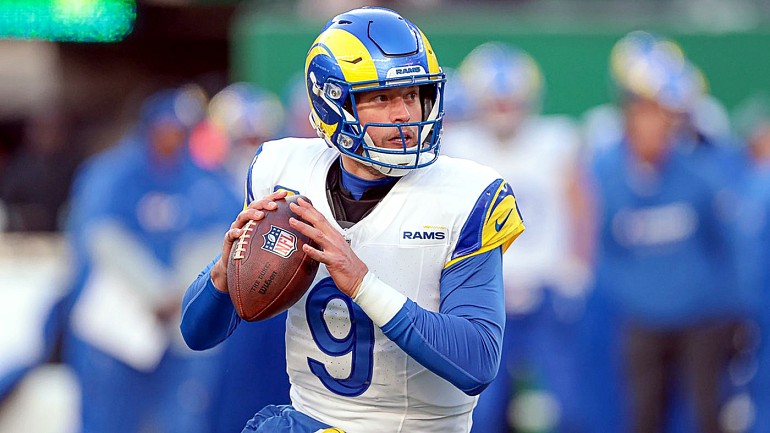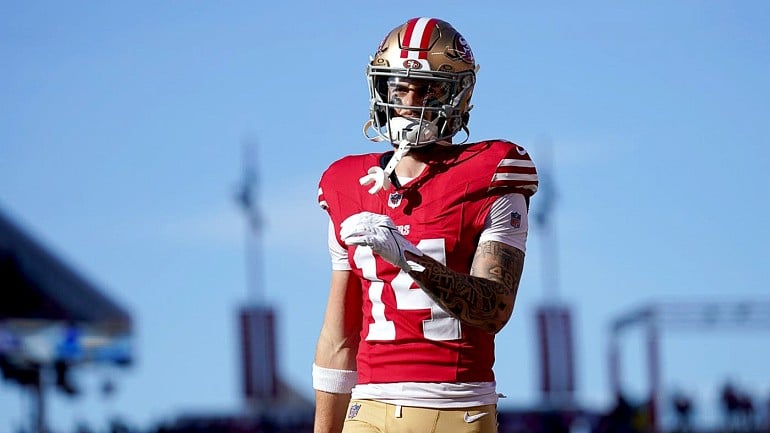Here’s an interesting tidbit of information: Bill Walsh doesn’t think the offense he made famous in San Francisco should be called the “West Coast Offense.” In fact, Walsh said that the offense 49er fans everywhere know and love should be called “The Cincinnati Offense.” And it had nothing to do with the fact that the 49ers were the proverbial dagger through the Bengals’ Super Bowl heart.
Contrary to popular belief, Bill Walsh’s offensive genius did not begin in San Francisco. Despite the fact that Paul Brown was the offensive coordinator, he tasked his young wide receivers coach, Bill Walsh, with designing the team’s offense. Walsh had just finished his time with Al Davis’ coaching regime in Oakland (yes, 49er fans, our savior did work for the Dark Lord himself) and was well versed in the long-ball approach preferred by Davis. So naturally Walsh took the challenge and developed an offense that made St. Louis’ “Greatest Show on Turf” look like midgets attempting to high jump.
In 1969, with quarterback Greg Cook at the helm, Walsh’s offense was almost unstoppable. Three tight ends on the team averaged over 20 yards per reception. Cook averaged 17.5 yards per completion. How does that compare to current quarterbacks? Peyton Manning, in his record breaking 2004 campaign where he churned out touchdowns like P.Diddy does mediocre bands, only averaged 13.5 yards per completion.
With wins over the eventual world champion Kansas City Chiefs and the playoff-bound Oakland Raiders it looked like the Bengals were on the right path with Cook at the helm of Walsh’s downfield attack.
When Cook, the consummate down field passer with a rocket arm, suffered a career-ending shoulder injury before the 1970 season Walsh had to adjust to a new quarterback with a different skill set. Virgil Carter, a smart, agile, quick, accurate passer with a mediocre arm from Brigham Young, took the helm for the Bengals in 1970. Walsh’s offensive adjustments - shorter passes, timing routes, and an emphasis on the quarterback’s mobility - led to the birth of the offensive revolution that eventually took the 49ers to 5 Super Bowl championships.
So what happened to that long ball approach that was tearing through defenses? What happened to Walsh’s original offense in Cincinnati? Oh, It’s still around. It is the real West Coast Offense. It is the Air Coryell offense that Norv Turner is bringing to San Francisco.
A journalistic faux paux led to the misnomer being applied to The Cincinnati Offense. Paul Zimmerman (now known as Dr. Z) interviewed Bernie Kosar when Kosar was with Dallas in 1993. When asked what the Cowboys offense (then led by current 49er Offensive Coordinator Norv Turner) was like he replied, “Oh, you know, the West Coast Offense. Turner and Zampese and Don Coryell and Sid Gillman. That thing.” A reporter in San Francisco saw the quote, picked up on the term and used it to describe the Walsh offenses of the 80’s. The name stuck.
So the Cincinnati offense, which was termed the West Coast Offense, has now been traded in for the Air Coryell Offense (more appropriately termed the West Coast Offense). And now that we’ve traversed the football terminology landscape, what does it mean for a fan watching the offense this season? Is this vertical passing game the Magneto to Walsh’s Dr. Xavier? In a word – yes.
Don Coryell deveopled the “Air Coryell” offense while he was with San Diego State (hence the term West Coast) between 1961 and 1972. While coach of the San Diego State Aztecs, he often watched Sid Gillman’s Chargers practices during the pre-season. From Gillman’s offense Coryell added his own innovations and took the league by storm when he assumed the head coaching position of the San Diego Chargers in 1979.
The Air Coryell Offense has four basic principles. Stretch the field, protect the passer, confuse the defense, and run it down their throats. The offensive line is composed of the biggest, meanest group of guys you can find as to employ the power running game needed to pound away at defenses. The line generally blocks in a zone scheme, meaning they block and hit anyone that comes into a given player’s zone. The offense is a passing offense though, and the wide receivers run intermediate to long-range routes. In order to give these routes time to develop, quarterback protection it at a premium.
Three wide-receiver sets are also a staple of this scheme. In fact, the three wide receiver set was a Coryell staple. Joe Gibbs, another Coryell coach, developed the bunch formation and the three tight-end set.
Motion and shifting is used to confuse the defense. No team best embodies this than the 1999 Rams. “The Greatest Show on Turf” was also a derivative of the Air Coryell offense. While with the Redskins, Turner had at least 40 distinct motion combinations. He used players like Larry Centers, Mike Sellars, Brian Mitchell and Stephen Alexander in various utility roles. On a per game basis, teams had to prepare for about 30 different formations when facing Turner’s Redskins. Turner even went so far as to devote a 10-minute meeting before every practice to go over all the motions and shifts for a given week.
Compare this to Walsh’s Cincinnati Offense. Walsh put a premium on smaller, more agile linemen who could pull on sweeps and execute cut blocks. The blocking scheme is man-to-man with each lineman being responsible for blocking one or two particular people. The wide receivers run short to intermediate routes and the third receiver is often the running back. Motion was used, but not extensively. Quarterback mobility was at a premium as quarterback protection often relied upon on a roll out or some shifting of the pocket.
Norv Turner’s offense is going to dramatically change the way the 49ers look offensively. In reality, the league has been moving away from Walsh’s West Coast (or Cincinnati) scheme since Dick Vermeil, another Coryell disciple, came out of retirement. Despite all these changes at least one thing is still the same, though. The West Coast Offense still calls San Francisco home.
__________________________________
Coaching Tree: This is a limited coaching tree which shows how the Gillma-Coryell Offense got to Norv Turner.
(Head Coach, San Diego Chargers from 1961 to 1969 and again in 1971. Credited with ushering in the modern passing era.)
l
Don Coryell
(Watched Gillman’s Pre-Season Camps and absorbed the offense. Eventually became head coach of the Chargers from 1978 to 1986)
l
Ernie Zampese
(Learned the system from Coryell as an offensive assistant with the Chargers. Was the offensive coordinator of the L.A Rams from '87 to '93)
l
Norv Turner
(Receivers coach with the L.A. Rams from '88 to '90. Learned the Coryell system from Zampese and took it to Dallas.)
l
Mike Martz
(Learned the Coryell System from Zampese as an offensive assistant for the L.A. Rams in '92 and from Turner while an assistant for the Redskins during the '97-'98 season.)
Intereting Tidbit: Maryland Coach Ralph Friedgen was the Chargers Offensive Coordinator from 1994 to 1996 when they appeared in their last Super Bowl. They lost to the 49ers 49 to 26.
Friedgen learned the Air Coryell offense from old Charger tapes he saw while he was with the organization. He took the Air Coryell Offense he learned at San Diego to Maryland where first round draft choice Vernon Davis played his college football.



